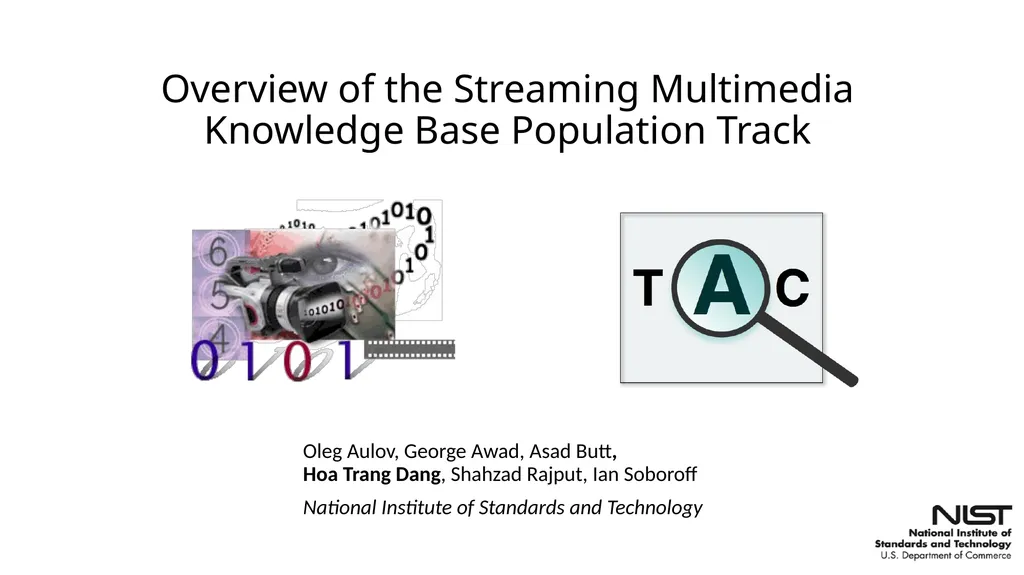
Overview of the Streaming Multimedia Knowledge
Author: danika-pritchard | Published: 2025-07-16
Description: Overview of the Streaming Multimedia Knowledge Base Population Track Oleg Aulov, George Awad, Asad Butt, Hoa Trang Dang, Shahzad Rajput, Ian Soboroff National Institute of Standards and Technology Outline DARPA AIDA program and relation to
Download Presentation
Download the PPT/PDF: Download
Transcript:
Loading transcript…